Get off the Mac, roll up your sleeves and get making. Once a week.
n the working world it has become increasingly difficult to free yourself from the Mac and create something with your hands. Make the most of analogue and crafty disciplines offered through design education, and take your skills with you into the working world!
Get off the Mac, roll up your sleeves and get making. Once a week.
Steve Jobs is nobody’s fool. The sleek, sexy and justifiably praised desktops and laptops that Apple make are now a staple -a necessity even- of any self-respecting graphic designer. We await the release of new iMacs and operating systems with impatience, queue up to purchase our copy, and coo over them once they’re installed as if they were newborn babies. We learn them inside out and gush, blog and tweet over new Photoshop filters. Graphic design, along with many other professions which used to require a certain amount of manual endeavour, has, with the rise of digital technology become nigh-on completely computer-based and desk-bound. The modern graphic designer need never sketch out a rough by hand or design a font on layout paper. Everything can now be done with the help of a computer.
 The latest “big-cat-themed” operating system that you simply can’t live without and the best ever. Until the next one…
The latest “big-cat-themed” operating system that you simply can’t live without and the best ever. Until the next one…
And yet there was a time when graphic design was a very hands-on profession, not at all centred around a magical-looking computer, and which involved all kinds of tactile and smelly materials, and which required actual physical effort to work with the various mediums associated with it. I’m talking drawing boards, airbrushes, magic markers, inks, layout pads, lightboxes, silk-screen printing, linocutting, collage and drawing. What is most fascinating here is that these analogue processes aren’t from some far-flung past. We aren’t talking William Morris’s Kelmscott Press here. No, many graphic designers and tutors in their fifties, forties and even thirties, will have some recollection of their professional life involving the making of things by hand.
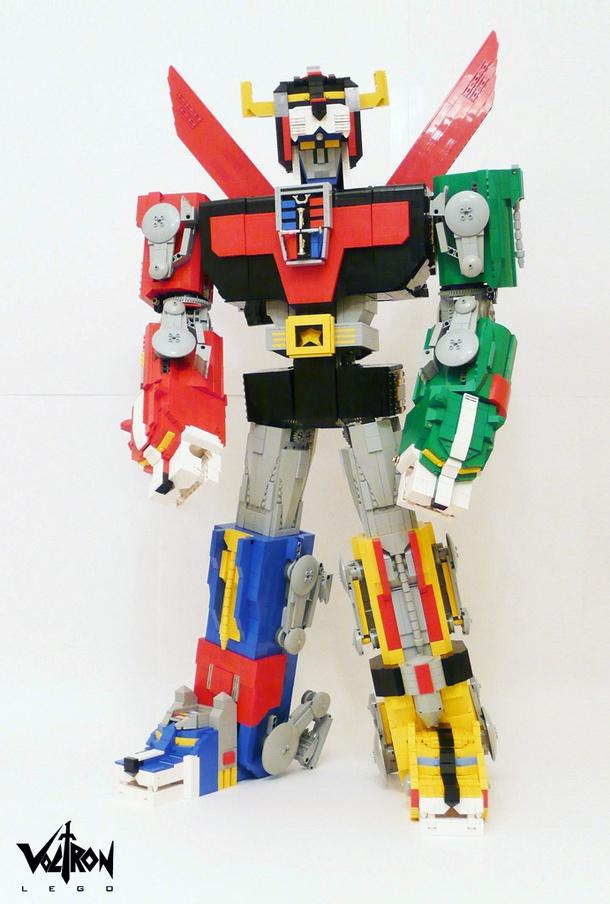
 Large-scale Voltron models made entirely of Lego, from Grand Admiral / Mark Sandlin www.flickr.com/people/grandadmiral/
Large-scale Voltron models made entirely of Lego, from Grand Admiral / Mark Sandlin www.flickr.com/people/grandadmiral/
Thankfully, most design schools still offer students the chance to get to grips with some, if not most, of the processes listed in the paragraph above. And this fact should be celebrated, as it provides those willing to learn with an anchoring in the distant and not-so-distant analogue past. One could view this advocation of older processes as a certain charming backwardness through lack of funds on the design schools’ part, although the well-planned and carefully thought out courses will have been designed with the same points that I describe here in mind. Good design schools, like many designers out there ‘in the field’, recognise that it’s highly beneficial for the young graphic designer to think outside the Mac. For students, the freedom and breadth of disciplines offered should be taken advantage of, as the opportunity to indulge these passions (in the quantities that design schools can offer) will hardly likely come round again once you’re out there in the working world.
During my own final year of education I decided I wanted to learn about letterpress printing, and planned to use it to print my major end-of-year project. In my pursuit I was fortunate enough to have a course head as enthusiastic as I was and who had valuable connections to a fine printing press in Wales. Within a month I had been packed off there for an intensive, hands-on introduction, and emerged two weeks’ later having learned to design, handset, compose and print using letterpress, and returned home with two posters to exhibit at my end-of-year show. On graduating I kept in touch with the staff at the press and continue to visit them each year. Two weeks is scarcely enough time to master the discipline, though I was at least given an initiation into letterpress printing which enabled me to continue to use it for personal projects. Clients and other designers seem to like the fact I include these handmade projects in my portfolio, and of all my work it is often these pieces, and not my commercial work, which is singled out for praise and which people are most easily able to recall when I speak to them.
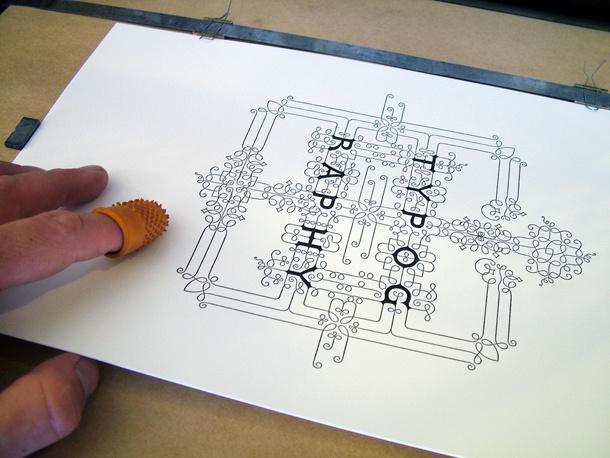 Lovely commission for ilovetypography.com letterpress-printed by Typoretum www.typoretum.co.uk
Lovely commission for ilovetypography.com letterpress-printed by Typoretum www.typoretum.co.uk
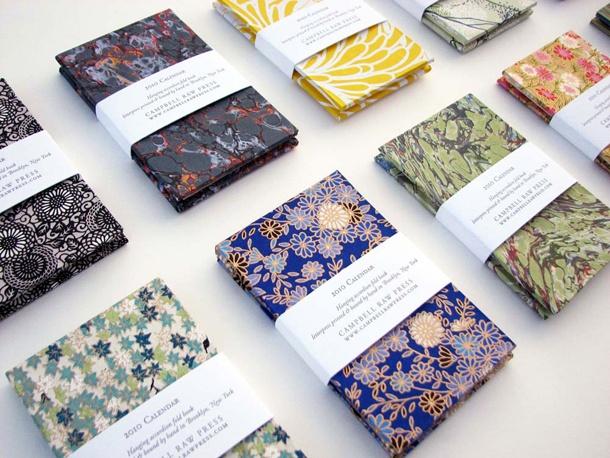 Gorgeous 2010 handbound, accordion-fold letterpress-printed calendar by Campbell Raw Press www.campbellrawpress.com
Gorgeous 2010 handbound, accordion-fold letterpress-printed calendar by Campbell Raw Press www.campbellrawpress.com
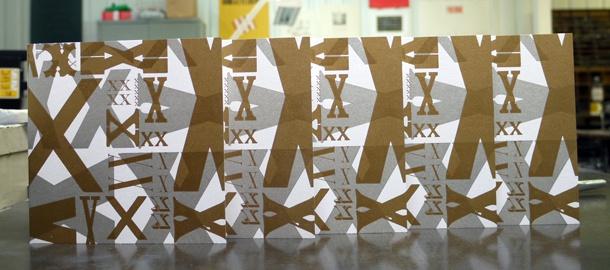
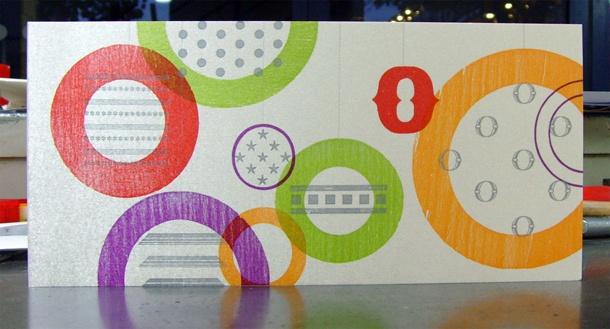 Two tactile Christmas cards from Hand & Eye Letterpress both set in wood and metal type and printed on a metal-coated board www.handandeye.co.uk
Two tactile Christmas cards from Hand & Eye Letterpress both set in wood and metal type and printed on a metal-coated board www.handandeye.co.uk
As mentioned above, on completing your education, if you’re lucky enough to bag yourself a job either inhouse or within an independent studio, the chances are the prospect of long hours at the Mac beckons. You won’t mind this at all because within your studio, through all the graft, artworking and occasional tedium involved, you’ll glimpse moments of pure enchantment; when you get a job couriered over from the printers, or have an idea of yours passed for inclusion on a project. You’ll be trying very hard to make a positive contribution to your studio, to make the transition from someone who needs a lot of help and support to a genuinely productive member of the team.
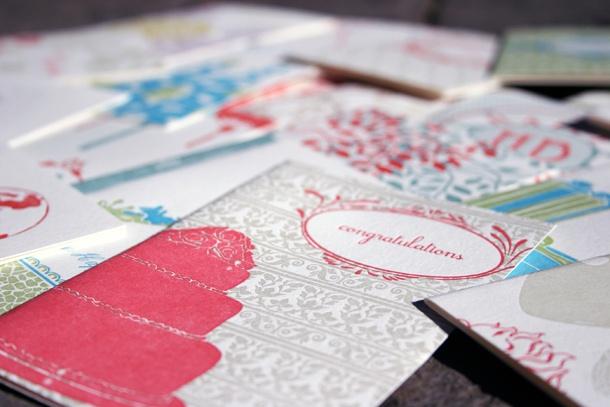
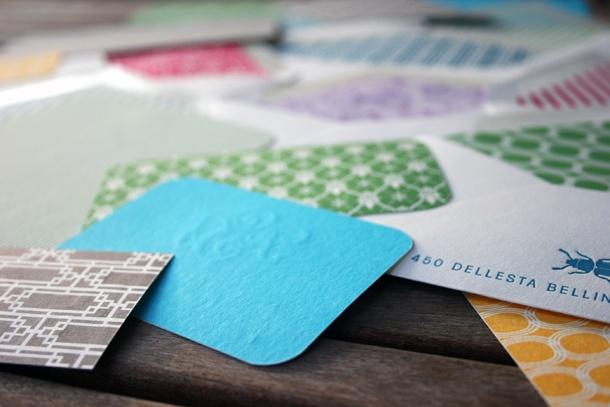 A charming montage of greetings cards and the colourful back patterning from letterpress-printed stationery designed and printed by Smock www.smockpaper.com
A charming montage of greetings cards and the colourful back patterning from letterpress-printed stationery designed and printed by Smock www.smockpaper.com
Amidst all this though, try to maintain some link with the traditional processes you’ll have learned at some point during your education. It’ll be all too easy to let things slide when you’re strapped in to an iMac. Sketch out roughs with a pencil as opposed to on screen. Suggest using letterpress on that new album cover. Anything. Thankfully there is now more appreciation for the handmade than there was fifteen years ago. Back then the age of Mac had only just become prevalent and software like Photoshop had still to really catch on. Graphic designers (and their clients) were in thrall to what they could now accomplish with computer-aided design. Luckily, here at the end of the decade, you could say that disciplines such as letterpress and traditional drawing are enjoying something of a renaissance. People will always value the tactile and the handmade (if it’s any good that is) and by choosing to take this route where appropriate your professional life will be richer and more rewarding than it would be spent solely on the Mac.
The creative possibilities that computer-aided design brings is undoubtedly a Good Thing. Adrian Shaugnessy again “The computer has revolutionized the design process. It has made the act of designing easier, and in many ways it has improved the way we design things. Yet in other respects it has made design more formulaic, and it has standardized the act of designing.” These are words worth heeding. Traditional skills retain a charm and often present a usage which should always be remembered, celebrated and, wherever appropriate, used!
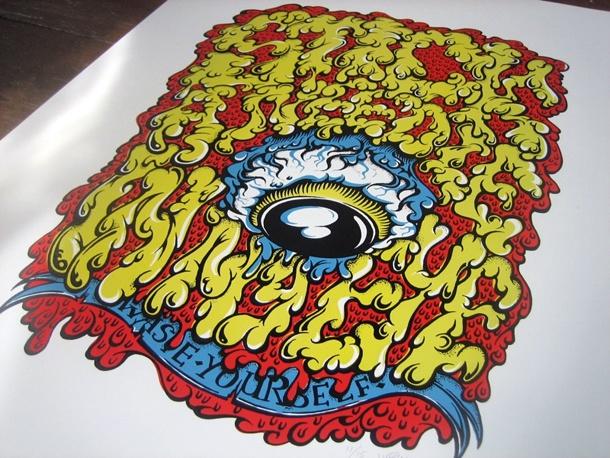
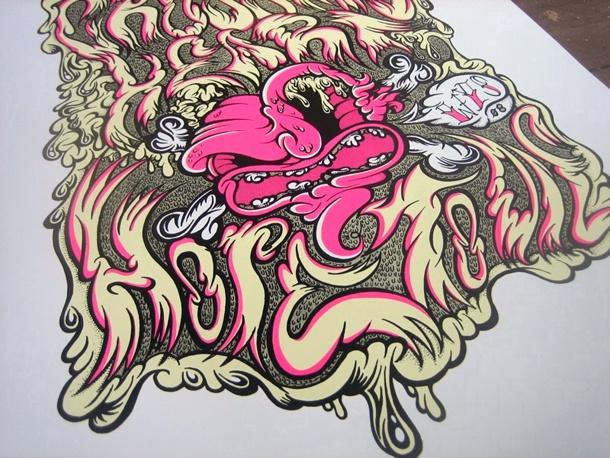 Impactful four and three-colour silkscreen prints by Waste Yourself www.wasteyourself.com
Impactful four and three-colour silkscreen prints by Waste Yourself www.wasteyourself.com
by